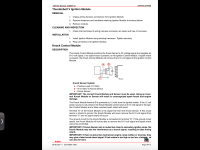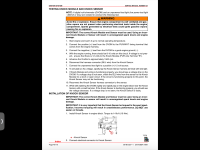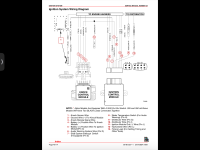Ok, first of all I want to thank you both for your input and the information you have provided.
I purchased this boat brand new in 1999. Since then, I have kept it indoors and well maintained. I haven't had any issues with it until the last couple of years. The Boat is a Maxum 2300SC 5.7 350 Alpha One 250hp. It has all of the factory engine parts. 2bbl Carb. alternator and open water cooling system.
The boat still runs great but has developed an 8oo rpm surge 5 to 10 seconds after throttling up to any set rpm. The shop I took it to thought it had to do with the factory throttle cables and shifter unit. They replaced the Shifter and cables, but the surging continued. Then they rebuilt the factory 2 bbl. carburetor thinking that it had something to do with the float not functioning properly. That didn't fix it, so they rebuilt the carb a second time with a new kit, but the surge problem continued. Then they replaced the factory carb with a Sierra 2bbl Carb. Thats all that the receipt for the carb indicates for type of carb. Still waiting for the shop to get back to me on the specifics of the carburetor. The shop apparently doesn't know much about the ignition system module, because they informed me that the ignition module was the ECU and that it has gone bad, and I would need to replace the ECU with a Delco EST kit because they don't make the ECUs anymore. Then they told me that they don't get into that, so I would need to do it myself.
They showed me the Ignition module that they referred to as the ECU and the knock sensor mounted on top of it.
So, needless to say, I am trying my best to find out everything I can about how to repair the surging issue before cutting wires and replacing components. I hope that I have provided enough information for you to access the problem and help me find a solution. Is there anything else that would cause a surging issue that I should check before installing the Delco EST kit?
Please let me know if there is any more information that you need to help me with this Surge issue.
Thanks again,
Guy0425




